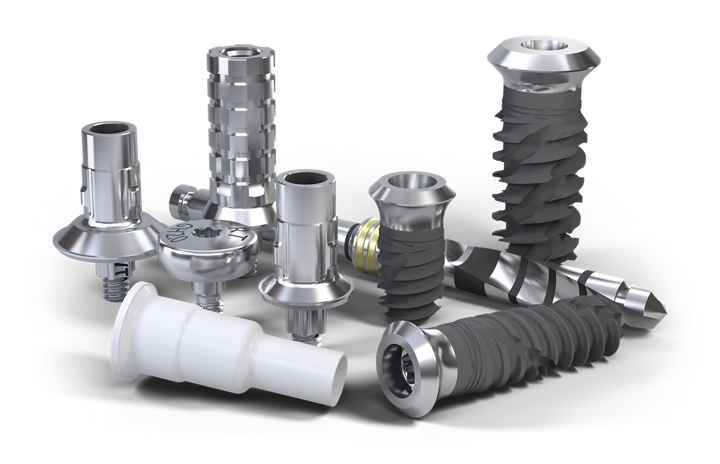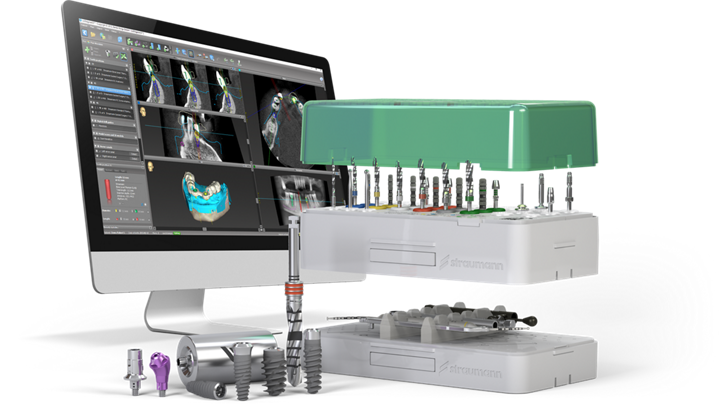1 Ioannidis A, Gallucci GO, Jung RE, Borzangy S, Hämmerle CH, Benic GI. Titanium-zirconium narrow-diameter versus titanium regulardiameter implants for anterior and premolar single crowns: 3-year results of a randomized controlled clinical study. J Clin Periodontol. 2015 Nov;42(11):1060-70. doi: 10.1111/jcpe.12468. Epub 2015 Nov 14.
2 Al-Nawas B, Domagala P, Fragola G, Freiberger P, Ortiz- Vigón A, Rousseau P, Tondela J. A Prospective Noninterventional Study to Evaluate Survival and Success of Reduced Diameter Implants Made From Titanium-Zirconium Alloy. J Oral Implantol. 2015 Aug;41(4):e118-25. doi: 10.1563/ AAID-JOI-D-13-00149. Epub 2014 Mar 25.
3 Altuna P, Lucas-Taulé E, Gargallo-Albiol J, Figueras-Álvarez O, Hernández-Alfaro F, Nart J. Clinical evidence on titanium-zirconium dental implants: a systematic review and meta-analysis. Int J Oral Maxillofac Surg. 2016 Jul;45(7):842-50. doi: 10.1016/j.ijom.2016.01.004. Epub 2016 Feb 3.
4 Nicolau P, Guerra F, Reis R, Krafft T, Benz K , Jackowski J 10-year results from a randomized controlled multicenter study with immediately and early loaded SLActive implants in posterior jaws. Presented at 25th Annual Scientific Meeting of the European Association of Osseointegration – 29 Sep – 1 Oct 2016, Paris.
5 Nelson, K., Stricker, A., Raguse, J.-D. and Nahles, S. (2016), Rehabilitation of irradiated patients with chemically modified and conventional SLA implants: a clinical clarification. J Oral Rehabil, 43: 871–872. doi:10.1111/joor.12434.
6 Patients treated with dental implants after surgery and radio-chemotherapy of oral cancer. Heberer S, Kilic S, Hossamo J, Raguse J-D, Nelson K. Rehabilitation of irradiated patients with modified and conventional sandblasted, acid-etched implants: preliminary results of a split-mouth study. Clin. Oral Impl. Res. 22, 2011; 546–551.
7 Straumann (2016). SLActive® supports enhanced bone formation in a minipig surgical GBR model with coronal circumferential defects. Unpublished data.
8 Norm ASTM F67 (states min. tensile strength of annealed titanium); data on file for Straumann cold-worked titanium and Roxolid® implants.
9 Maniura K. Laboratory for Materials – Biology Interactions Empa, St. Gallen, Switzerland. Protein and blood adsorption on Ti and TiZr implants as a model for osseointegration. EAO 22nd Annual Scientific Meeting; October 17–19; 2013; Dublin.

